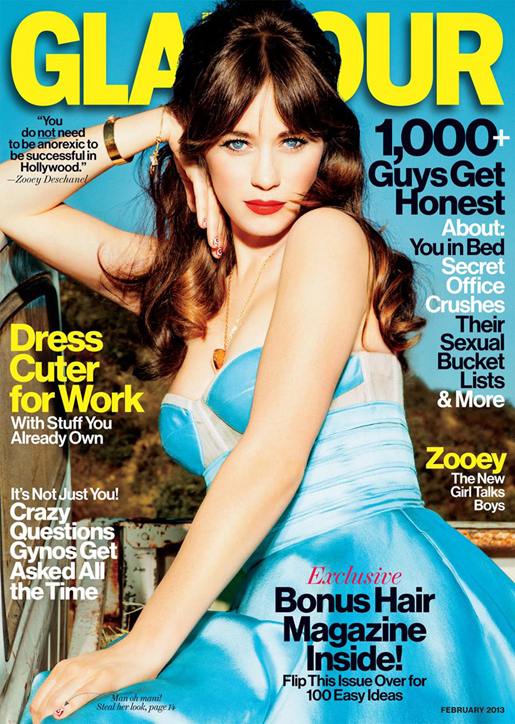Where Media (with the help of Marketers) blurrrr liiinneeess between was it culture and what is commercial!
So far we’ve covered the Moral Panic of Parents and Marketers now it’s on to the media!
Journalists and documentarians have a lot to say about how kids are being targeted by marketers in their daily lives. The documentarian chose the commentary wisely for his film, “Consuming Kids,” which I’ve talked about before. The overall theme of the documentary is disapproval of the media and how it is exploiting society’s youth. Experts in communication articulate their opinion by trashing the media industry and the marketers that take part in commercialization. More specifically, they articulate their frustration with the single-minded approach to marketing, that the basis of all commercial logic is sales (McAllister, 2007). But the fact is the marketers are succeeding. However, the experts cannot do anything to stop the marketers’ grimy yet successful tactics. Sad but oh-so true. During the 1980s the Federal Trade Commission and Federal Communications Commission were stripped of their authority to regulate children advertisements, which is when marketers decided to run rampant stripping children of their innocences.(McAllister, 2007). Ever since then, researchers, which we’ll learn about a bit later, claim that marketing agencies have been working to blurrrrr liiiiiines (hey, hey, hey…sorry I couldn’t help it) between what’s culture and what’s commercial within children’s media. So essentially agencies’ goal is to make Culture = Commercial and Commercial = Culture to which they are one in the same and we all nod in agreement because we can no longer tell the difference.
Michael Brody, a child psychiatrist featured in the film, went so far as to call marketers pedophiles. Ick, right? Because marketers often struggle between what is morally right by the children and the common goal of the company which is to make as much money as possible. Children’s imaginations are in jeopardy because marketers are telling them that their brains aren’t good enough. For example, one expert in the film said that kids couldn’t play Harry Potter unless they have the official branded wand because it’s not good enough to pick up a stick off the ground (“Consuming Kids”). Seriously, kids it’s called an imagination! Where did all the imagination go!?! If Justin Timberlake can bring “sexy back,” I think Ms. Frizzle and her magic school bus should be responsible for bringing imagination back, yeah!
An exception to media scheming along side marketers, perhaps are the documentarians, who often try to expose truths. Fully aware of the shock-and-awe history of documentarian Michael Moore, his point in “Bowling for Columbine” is to expose the public to the truths of media and debunk the previous coverage that resulted in American adults being “exponentially misinformed” (Mazzarella, 2007, 54). Those appearing in the documentary do not seem to be blaming kids but the media for their destructive behaviors. The film starts with claims that the media was significantly to blame for the behavior of teens, namely Eric Harris and Dylan Klebold, gunmen in the Columbine School shootings. Many were blaming their behavior on one musician, the “poster boy for fear,” Marilyn Manson. Moore is out to prove experts and those easily influenced by journalists and politicians that they may want to reconsider blaming Manson.
In an interview between Moore and Manson, Manson said that he “represents what everyone is afraid of because I do and say what I want.” The shooting served as a distraction from what was really happening in the country. “Our president is shooting bombs overseas, yet I’m the bad guy because I sing some rock and roll songs. And who’s the bigger influence the president or Marilyn Manson? I’d like to think me, but I’m going to go with the president,” Manson said. This statement is an example of the adult society in moral panic, “that at root the moral panic is about instilling fear in people, in so doing, encouraging them to try and turn away from the complexity and the visible social problems of everyday life” because it’s easier to identify Manson as a simple solution to a complex problem (Mazzarella, 2007, 48-49). Manson is convinced that the media is a campaign of fear and consumption. The news is nothing but bad news and then break to commercial where marketers want to sell the viewer products. If everyone is kept afraid they will consume (“Bowling for Columbine”).
Journalists are constantly fueling public concern with panic (Mazzarella, 2007). Journalists often forget that not all people that are goth, or in a specific subculture, live the hate lifestyle. The media is powerful and controls how society stereotypes certain groups in society, if they choose to define them or not. For example, the news often mentions the gangs or enemies that exist in inner cities, however rarely is there mention of the enemies that exist in suburban areas (20/20 “Phenomenon of The Goth Movement,” 1999).
Moral of this Panic Mode: Don’t believe everything you read or see, don’t judge a book by its cover, don’t fall victim to the traps that media set up for us through sneaky marketing. Instead take a step back, examine, analyze and decide for yourself! Use your own smarts! And remember that the media is there to not only inform you but in most cases is there to attract your attention and get you to form new opinions or stick with old ones.
What do you think of documentarians exposing truths and debunking media stories? Do you have any favorite documentaries?! I’d love to hear suggestions. Comment below.



